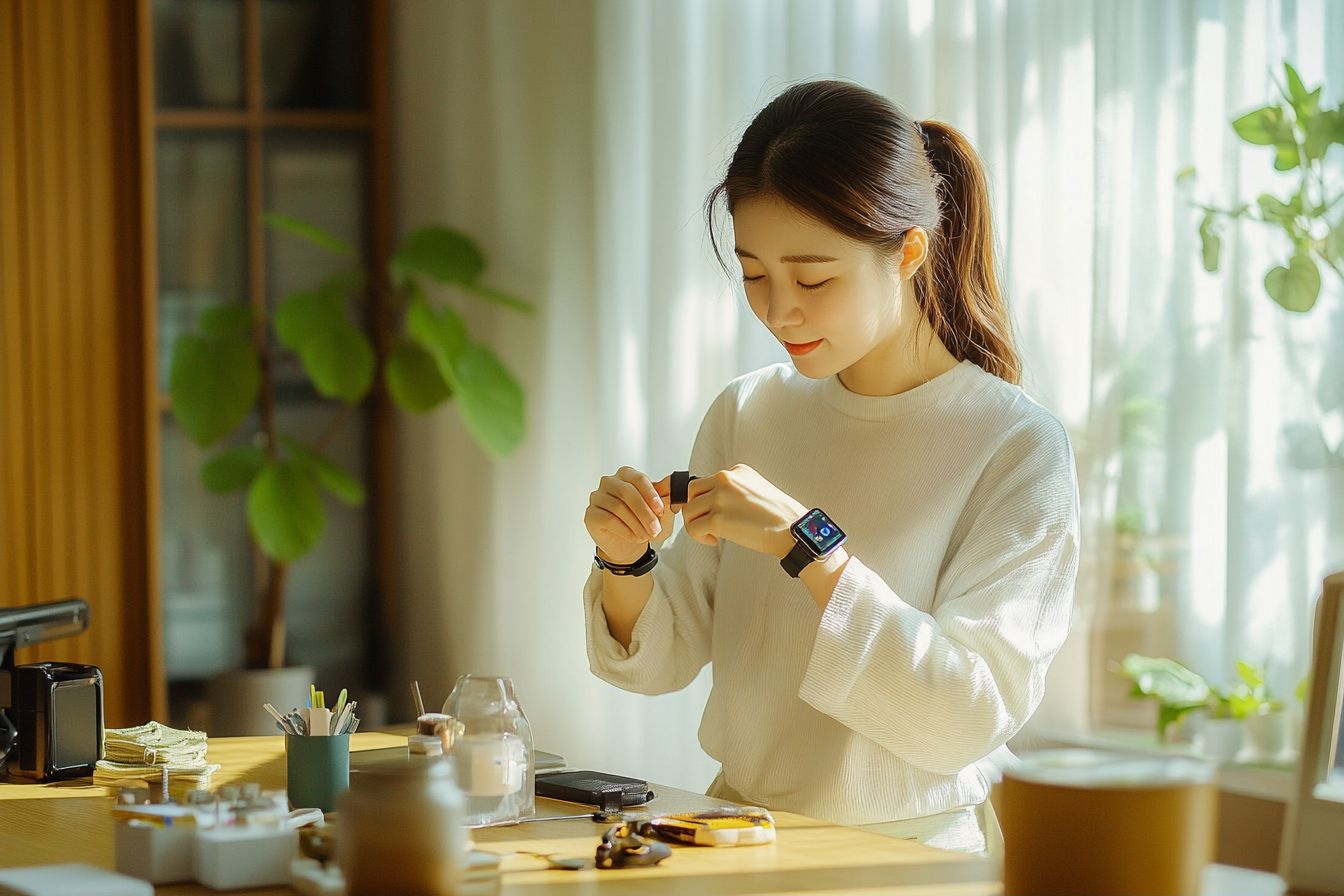Avant-Garde Fashion's Digital Metamorphosis
In the ever-evolving landscape of haute couture, a seismic shift is underway. The fusion of cutting-edge technology with avant-garde fashion design is redefining the boundaries of wearable art. This digital metamorphosis is not merely a trend, but a revolutionary movement that's reshaping the industry's future. From AI-generated patterns to 3D-printed accessories, the marriage of code and couture is birthing a new era of sartorial expression that challenges our perceptions of style, sustainability, and self-expression.

As we entered the 2010s, the advent of 3D printing technology opened up new avenues for avant-garde designers. Suddenly, intricate structures that were impossible to create by hand could be realized with the press of a button. This technological leap forward allowed for the creation of garments with unprecedented geometries and textures, pushing the boundaries of what could be considered wearable art.
AI: The New Fashion Designer
Artificial Intelligence has emerged as a game-changer in the world of avant-garde fashion. Machine learning algorithms are now capable of generating unique patterns, color combinations, and even entire garment designs. These AI-designed pieces often challenge human notions of aesthetics, creating unexpected juxtapositions and innovative silhouettes that human designers might never have conceived.
Fashion houses like Acne Studios and Balenciaga have already begun incorporating AI into their creative processes. In 2019, Acne Studios collaborated with artist Robbie Barrat to create a collection using GANs (Generative Adversarial Networks), resulting in surreal, distorted versions of classic menswear pieces. This blend of human creativity and machine intelligence is pushing the boundaries of design and raising questions about the nature of authorship in fashion.
Virtual Runways and Digital-Only Collections
The concept of the fashion show is undergoing a radical transformation in the digital age. Virtual runways and augmented reality presentations are becoming increasingly common, allowing designers to showcase their creations in ways that were previously impossible. These digital showcases offer unlimited creative freedom, unrestricted by the physical constraints of traditional runway shows.
In 2020, The Fabricant, a digital fashion house, made headlines by selling a digital-only dress for $9,500. This landmark sale highlighted the growing market for virtual fashion, where garments exist solely in the digital realm. As our lives become increasingly intertwined with digital spaces, the demand for virtual clothing for avatars and online personas is skyrocketing, creating a new frontier for avant-garde designers.
Sustainability Through Digitalization
One of the most promising aspects of digital fashion is its potential to address the industry’s sustainability challenges. The fashion industry is notorious for its environmental impact, but digital design and virtual try-ons can significantly reduce waste in the production process. By creating and testing designs digitally before physical production, designers can minimize material waste and optimize their creations for both aesthetics and functionality.
Moreover, the rise of digital-only collections offers a zero-waste alternative to traditional fashion consumption. As consumers become more environmentally conscious, the idea of owning a unique, avant-garde digital garment for use in virtual spaces is gaining traction. This shift towards digital ownership could revolutionize the fashion industry’s business model, reducing the need for physical production while still satisfying consumers’ desire for self-expression and luxury.
The Democratization of Avant-Garde
Perhaps one of the most significant impacts of digital technologies on avant-garde fashion is the democratization of high-end design. Advanced software and accessible 3D printing technologies are empowering a new generation of designers to create complex, avant-garde pieces without the need for extensive resources or traditional manufacturing processes.
This democratization is fostering a more diverse and inclusive fashion landscape, where independent designers from around the world can showcase their avant-garde creations on a global stage. Online platforms and social media are amplifying these voices, challenging the dominance of established fashion houses and bringing fresh perspectives to the forefront of avant-garde design.
The Future of Fashion: A Digital Tapestry
As we look to the future, the lines between physical and digital fashion are likely to blur even further. Emerging technologies like smart fabrics and augmented reality wearables promise to create garments that can change color, pattern, or even shape in real-time. These adaptive clothes represent the next frontier in avant-garde fashion, offering personalization and functionality beyond anything we’ve seen before.
The integration of blockchain technology is also set to revolutionize the authentication and ownership of digital fashion pieces. Non-fungible tokens (NFTs) are already being used to certify the uniqueness and provenance of digital garments, creating a new market for collectible virtual fashion.
As avant-garde fashion continues its digital metamorphosis, we stand on the brink of a new era in creative expression. The fusion of technology and haute couture is not just changing how we design, produce, and consume fashion; it’s fundamentally altering our relationship with clothing and self-expression. In this brave new world of pixels and polymers, the only limit is our imagination.





